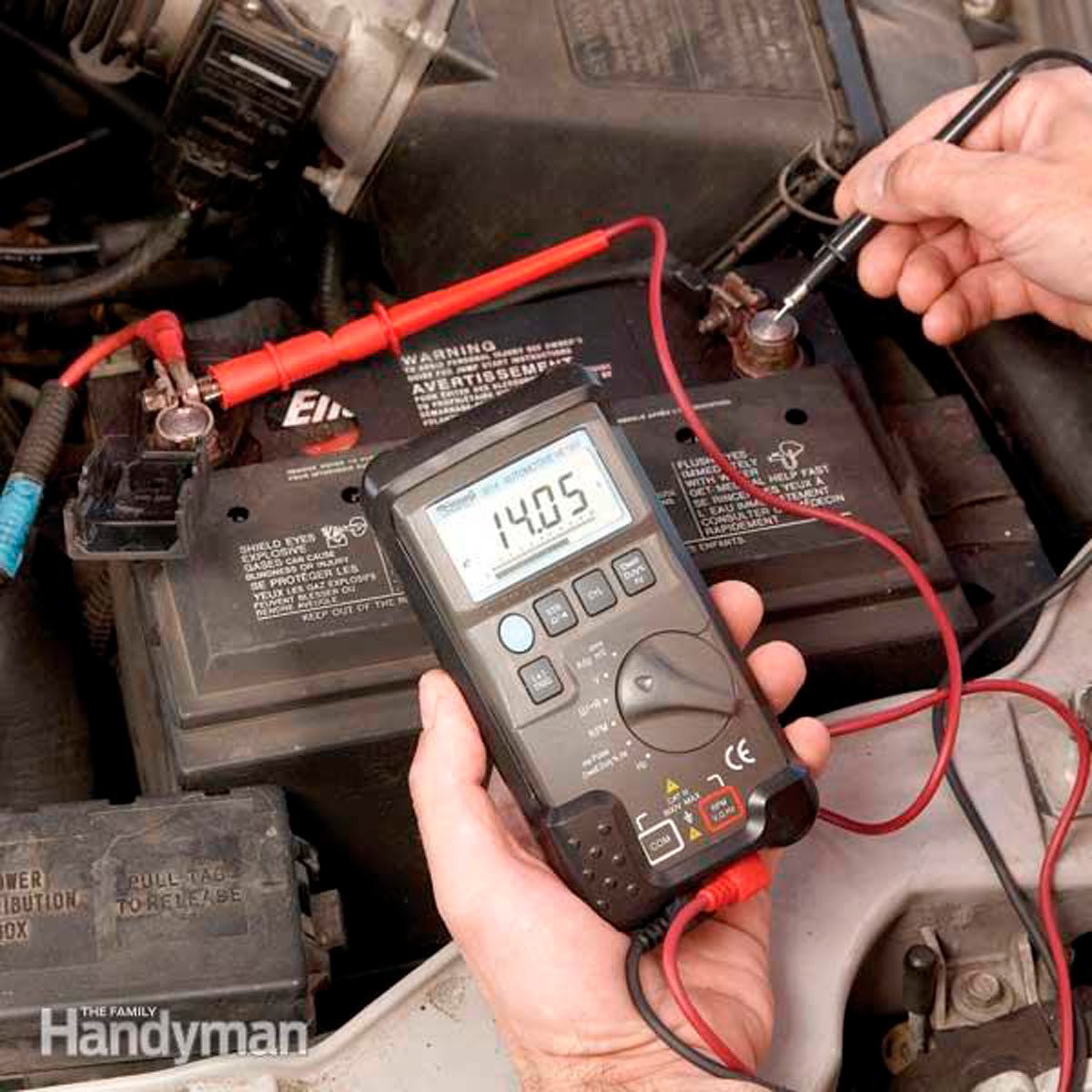67SniperHockey
Well-Known Member
Hey guys - I’ve searched but haven’t found answer. Any ideas?
68 block 440. Battery isn’t charging while running. Battery is new - had to use jump box to start and get car home after a show - car had an hour or so of run time - car died on me in gear and had no juice.
Testing now in garage - with ignition off - voltage is same on both sides of voltage regulator, battery, and back of single green wire terminal on alternator (roundback style) Field wires on alternator stud show 0 at ignition off. When ignition on field wire stud shows some voltage.
Any suggestions? Thank you.


68 block 440. Battery isn’t charging while running. Battery is new - had to use jump box to start and get car home after a show - car had an hour or so of run time - car died on me in gear and had no juice.
Testing now in garage - with ignition off - voltage is same on both sides of voltage regulator, battery, and back of single green wire terminal on alternator (roundback style) Field wires on alternator stud show 0 at ignition off. When ignition on field wire stud shows some voltage.
Any suggestions? Thank you.

















